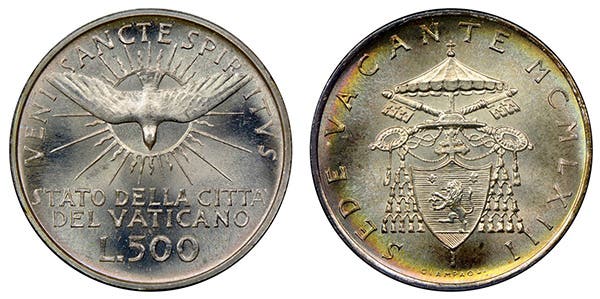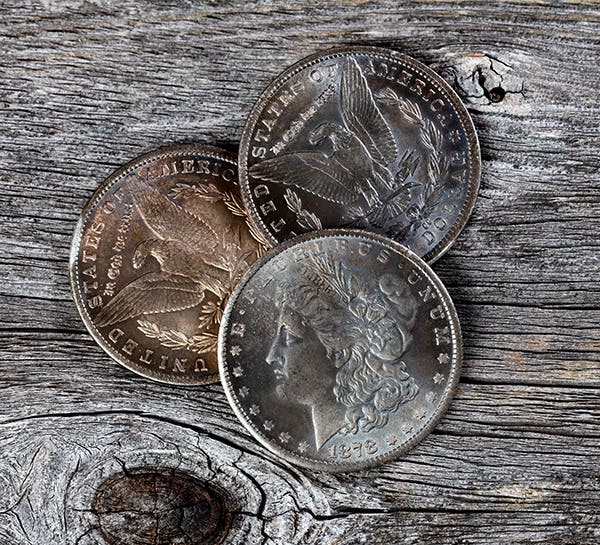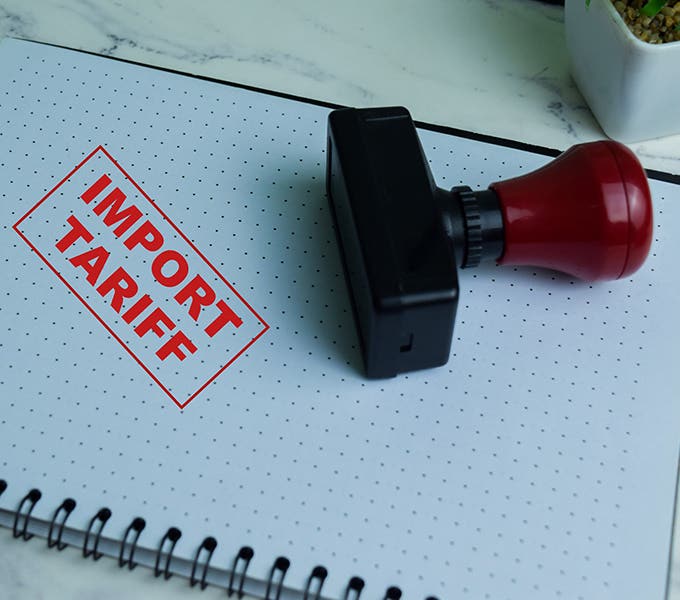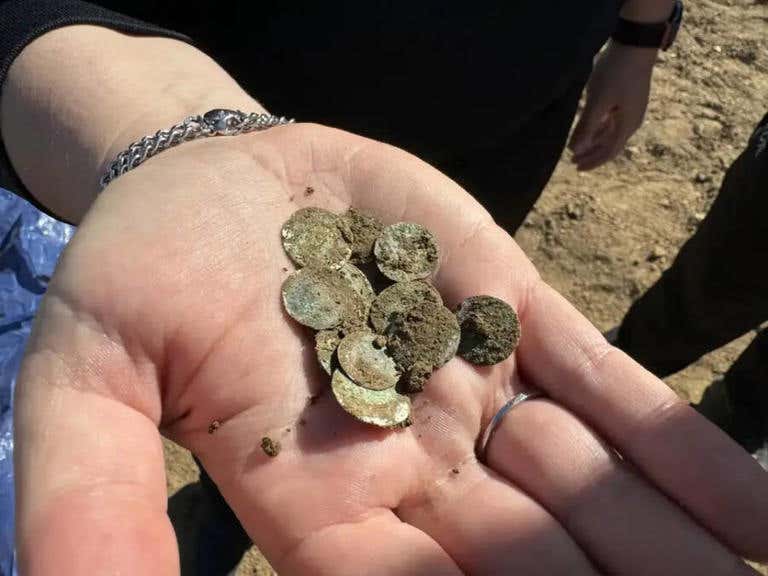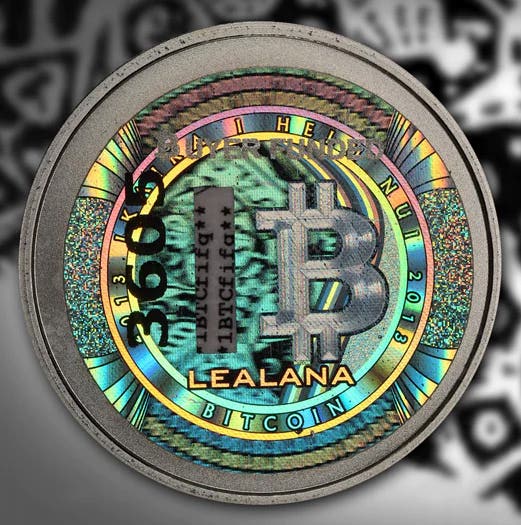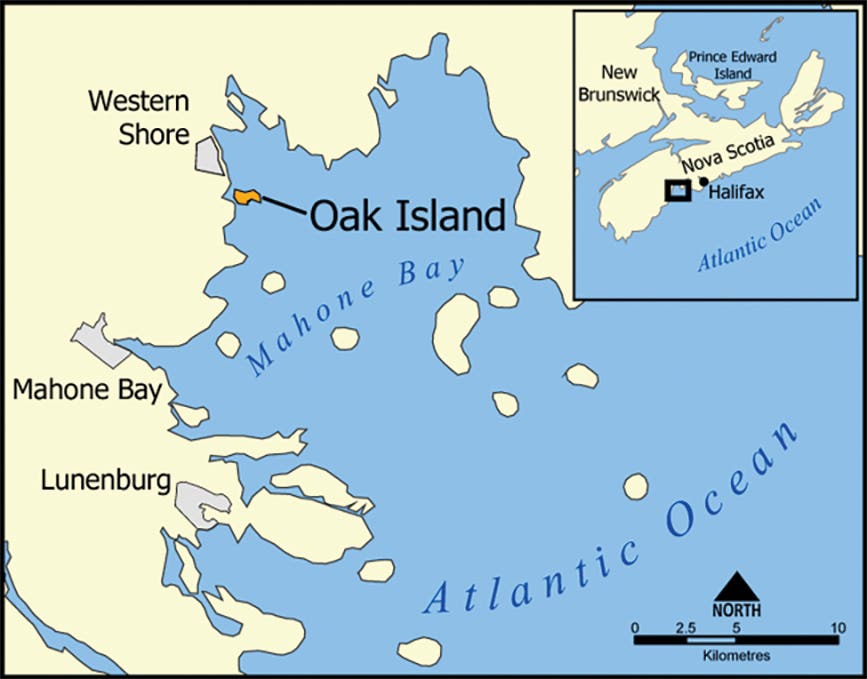1903-O $1 silver bags were scarcer
Readers might be under the impression that hundreds of bags of the 1903-O silver dollar came out. That’s simply not true. I was active in the marketplace at that time, and here’s the real story.
This article was originally printed in the latest issue of Numismatic News.
>> Subscribe today!
I was very interested in the article written by my friend, the late Paul Green, in the May 25 Numismatic News. However, since Paul wrote about the 1903-O silver dollar coming out in bags and bags, readers might get the mis-impression that hundreds of bags of the 1903-O came out. That’s simply not true. I was active in the marketplace at that time (the Forecaster has been published since 1962), and here’s the real story.
I was busy with both dealers and research in 1962 and 1963 when the first bags of the 1903-O hit the market. Morgan silver dollars were not popular then. Everyone was chasing Lincoln cents such as 1960 small dates, Roosevelt dimes 1955 PDS rolls and Jefferson nickels (1950-D was $15 BU and few collectors owned one).
The 1903-O silver dollar is listed in the 1963 Guidebook of U.S. Coins (the Red Book) at $1,500.
What really happened is that a few bags came out. Then, since Morgan silver dollars were readily available at face value, all you could afford and carry, few people bought the premium dates.
The first couple of bags that came out, and the delighted owners called every dealer on the planet to sell them, thinking they had found the Mother lode. But from the dealer’s viewpoints, they maybe had two or three customers for a single 1903-O, so they weren’t going to tie their money up in bags, nor even rolls.
The price came down fast to about $600 per roll, $30 per coin. A few desperate sellers might have sold rolls for $400 or $500 per roll, $20 per coin, just to get the cash money. But when a dealer would get a call from two or three people, offering him a bag of 1903-Os at, say, $600 per roll, his first reaction was to call every dealer he knew who had serviced Morgan silver dollars Those dealers would each call others. Suddenly, it appeared as though there were hundreds of bags of 1903-O silver dollars hitting the market. But there weren’t.
As nearly as I could figure out, researching the subject at the time, between five and 10 bags of the 1903-O came out, maybe even less than five. A couple bags came out in 1962, and a few more in 1963.
I was never able to find any bags that came out in 1964, before the Treasury halted sales of silver dollars at face value or for silver certificates. I wanted to buy a few rolls, or even a bag if I could get a good price, but I couldn’t find prices much less than $600 per roll in 1963 and 1964. Availability was very limited. Today, an occasional roll, if you can find one, will trade around $5,000.
But to a lowly graduate student at the time, $600 was substantial money, about one and one-half months pay for a factory worker at that time.
With every dealer calling every other dealer, offering bags of 1903-O, it appeared that there were far more bags available than there were.
Example: Friend Steve Ruddell of Washington, D.C., who I haven’t seen in over 40 years, happened to be selling individual sets comprised of 1898-O through 1904-O and he got one bag of 1,000 coins of 1903-O to put in the sets. He ran a big ad in Coin World, got thousands of orders, sold out his one bag of 1903-O as singles with the 1898-O through 1904-O singles. Then, he complained to me that he had to spend thousands returning unfilled orders because he couldn’t buy any more 1903-Os. This was in 1963! There were some available, but the 1903-Os were priced at $800 to $900 a roll above what he was selling the single coins for.
As far as I know, of the few bags of the 1903-O that did come out, most of them were sold as singles to individual collectors. Over the years, I have bought and sold a few 1903-Os, but the appearance of a single decent roll might not take place for several years.
Another problem was that many of the 1903-O dollars, though BU, were flatly struck, flat over the ear and flat over the eagle’s breast. Finding a nice 1903-O with features on the eagle’s breast and the ear clearly defined was difficult. The same is true of 1888-O through 1894-O coins. Longtime collectors know exactly that to which I refer. I believe friend Paul Green was later on the scene perhaps, or maybe even got caught up in the huge multitude of dealer-to-dealer calls, trying to unload 1903-Os by the bag at substantial prices. In those days, even premium silver dollars such as proof-like 1878-CCs only sold for $3 each wholesale, in gem PL condition. That gives you some idea of the 1962- 1963 market.
On another subject, I was supportive of Dave Harper’s editorial essay about plastic money replacing cash and coins in the May 25 Numismatic News.
As an economist, I often advise business owners, CEOs and company presidents with business advice, forecasts, predictions of what’s ahead. But what I found about the replacement of coins by plastic money is indeed in line with Dave Harper’s editorial. Many times, these company presidents did not have $5 to $10 cash on them, just plastic, credit cards and debit cards. Sometimes I’d recommend a small book or booklet to them for a few dollars and they didn’t have the money to buy it. At the time, I would wonder to myself, “What is this company president going to do if he gets a flat tire on the way home and the repair shop where he stops won’t take plastic?”
Another example: During the Jan. 19, 1994, Northridge earthquake (our town of Tarzana is located only two miles from the epicenter), most electronics in a 50-square-mile area were knocked out, wouldn’t function. So, merchants would not take credit cards, because they couldn’t process them. If you stopped at a convenience store to buy water, bread, milk or batteries, you had to have cash. They couldn’t sell to you otherwise. We used to drive our vehicles to another county such as Orange County or Ventura County, because the gas pumps were shut down here in Tarzana, so we could fill up there where the electronic card readers were working and where the gas pumps were working. When the electronics are shut down, you can’t withdraw cash from an ATM, can’t process a bank deposit, can’t even buy gas, even though the station has plenty for sale. It’s just one more reason why plastic money, though becoming more popular, will never fully replace cash and coin.
Here’s another aside. We’re only a few blocks away from a huge high school, Taft. But when I go for a walk, I frequently see 1-cent and sometimes 5-cent coins laying on the sidewalk that the students using the same sidewalks won’t even bother to bend over and pick up. If they drop them, the coins stay dropped.
Yet, broke students are constantly hanging around the gas pumps begging dollars to “buy gas to get home,” or some such excuse.
I advise all the execs I counsel with business advice to carry a minimum of $200 to $300 in cash with them daily, since one never knows in this area of frequent earthquakes, fires and even windstorms when the electronics will no longer support transactions. The local Bank of America wouldn’t even let people enter their safe deposit boxes for several weeks after the earthquake due to structural cracks in the building. Then, they finally relented after a multitude of complaints because people had to get at their house insurance policies to file claims, plus other documents such as car titles to trade in, to insure or buy a car.
As a fun thing, sometimes I’ll distribute dateless, worn Buffalo nickels, or maybe 1-cent and 5-cent coins dated in the 1930s or so, spending them into circulation, a few at a time, just for fun, to give the young collectors nearby something to find. After all, my motto for nearly half a century has been, “Have fun with your money, you worked to earn it.” My firm belief is that if you’re not having fun with your money, you’re doing something wrong! Suze Orman might find young people seduced by an epidemic of plastic money cards and she calls them “Young, Fabulous & Broke” if you listen to her incoming calls on TV. I think the rush to use plastic money, although one could earn free airline tickets, is overdone and destructive to the financial education of the earning power and saving power of debt-creating young students and young adults.
John Kamin is the editor of “The Forecaster” newsletter of Tarzana, Calif.
Viewpoint is a forum for the expression of opinion on a variety of numismatic subjects.
To have your opinion considered for Viewpoint, write to David C. Harper, Editor, Numismatic News, 700 E. State St., Iola, WI 54990. Send e-mail to david.harper@fwmedia.com.
2010 U.S. Coin Digest: Dollars
Whether you're monitoring online auctions, researching dollars to acquire, or continually increase your knowledge of this popular coin, this Mac and PC-compatible download is a handy and helpful resource.
More Coin Collecting Resources:
• Subscribe to our Coin Price Guide, buy Coin Books & Coin Folders and join the NumisMaster VIP Program



